Eerie Photos of Remote, Restricted Locations Captured on Large Format Film
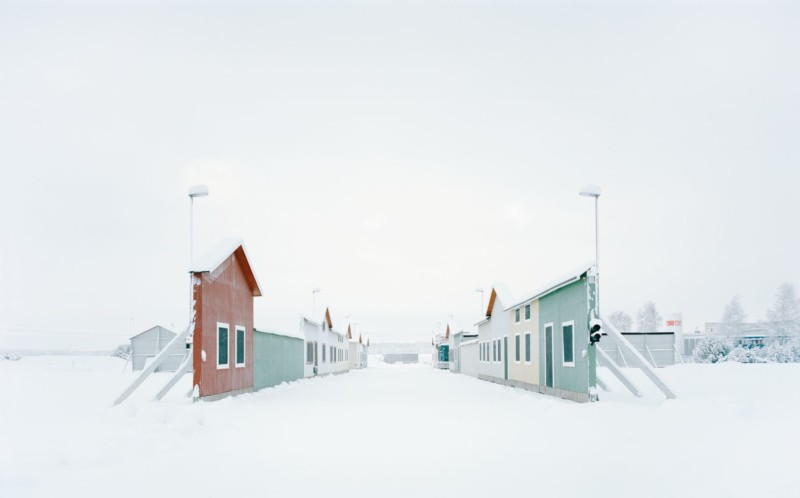
Photographer Gregor Sailer travels to remote, hidden areas at the ends of the Earth so he can document them on large format cameras.
Sailer uses both 4×5 large format cameras and medium format cameras to document military facilities in the Arctic Circle, the world’s largest open pit copper mine in Chile, and training facilities for the United States Army in the Mojave desert.
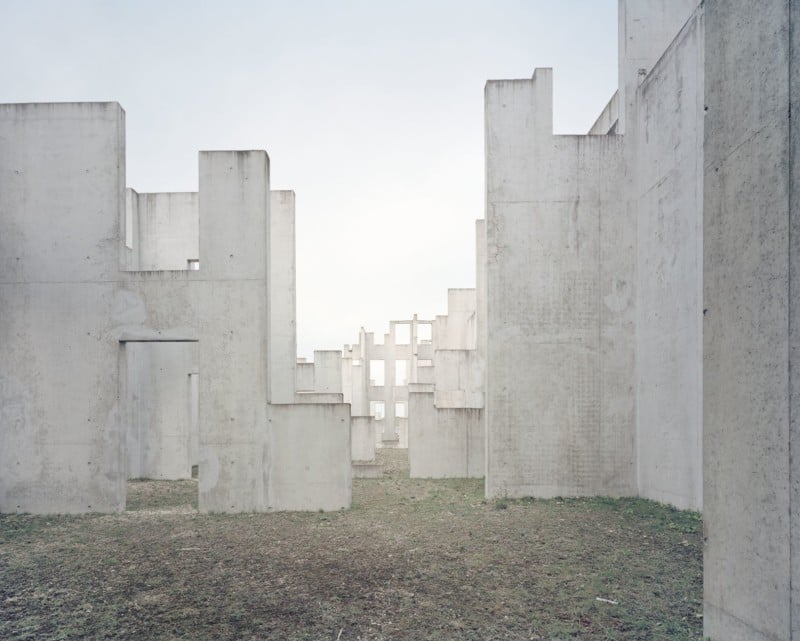
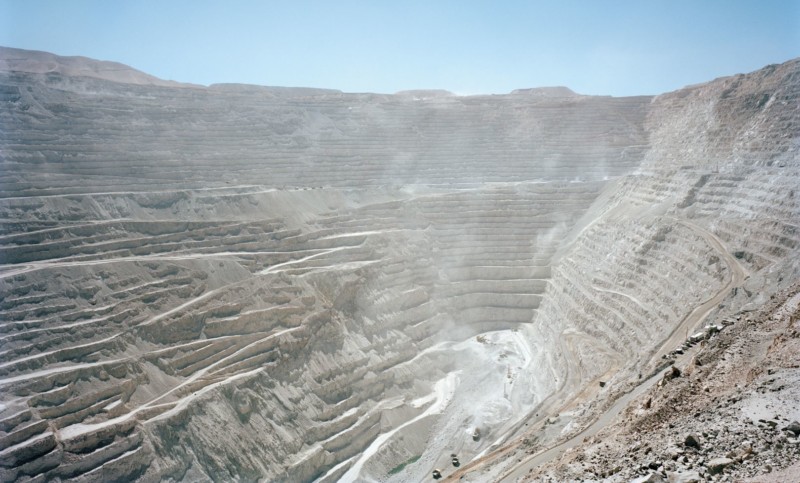
The Austrian photographer tells PetaPixel about the difficulty of capturing inaccessible landscapes and sealed-off territories on analog.
“It is very challenging,” he says. “A weight of about 30 kilograms, extreme temperatures between minus 55 degrees celsius (-67F) and 50 degrees celsius (122F); ice, snow and sandstorms; long exposure times; often controlled/accompanied by soldiers or security units especially in restricted areas; dangerous situations (mines, front, secret services, corruption, weather conditions).”
Shooting on single sheets of film makes a difficult job even tougher as it means he cannot mess it up.
“So, if something happens I lose the picture. I can’t repeat it. There’s only one chance. But that raises my awareness, sensitizes my perception. It’s a slow working process,” Sailer says.
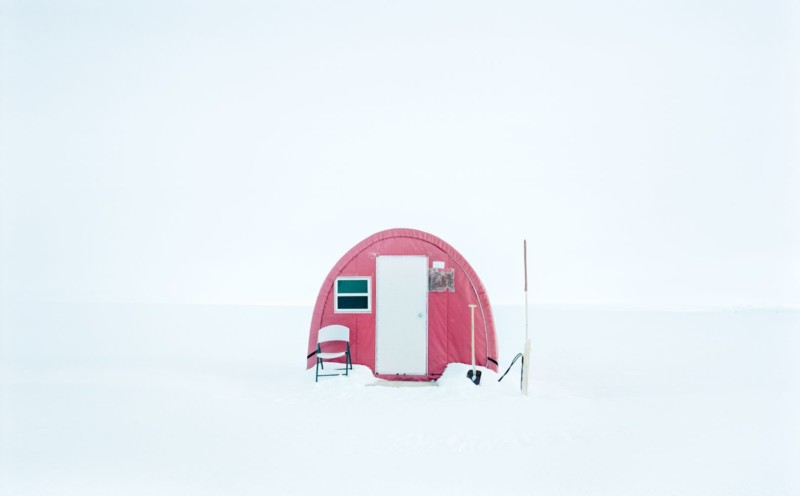
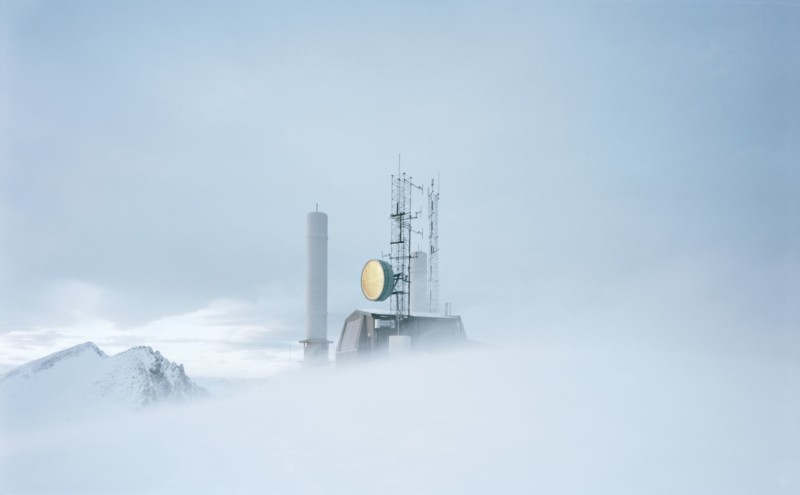
“At a temperature of minus 50 degrees celsius film starts to break. An advantage of the mechanic camera is that I don’t need any batteries, I am independent. And its weight is helpful when working during a heavy storm in the polar night with long exposure times: You’re able to get sharp pictures.”
Sailer says that he aims for calm photographs which are influenced by his technique. “I’m always seeking the reduction, focus on the essential,” he adds.
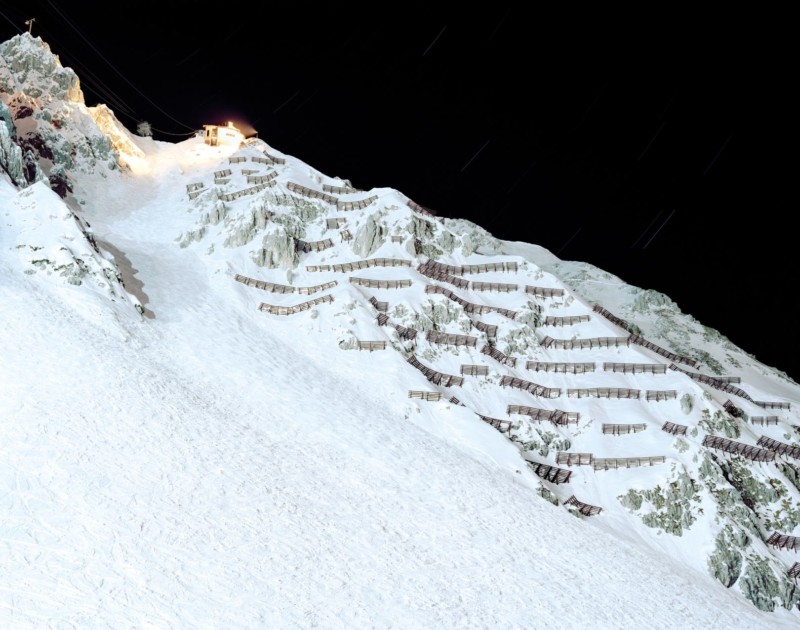
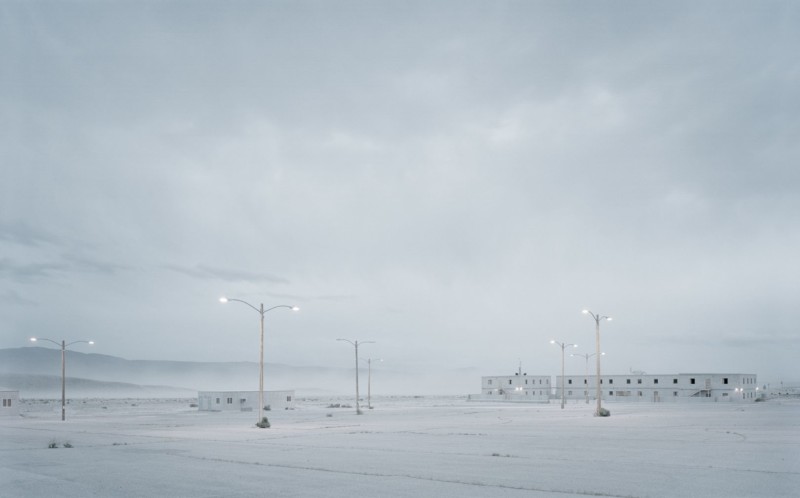
Sailers’s latest photo book, Unseen Places, concerns the “structural transformation of landscape and the complex political, military, and economic implications of architecture.”
“This takes him to remote, inhospitable parts of the world, Potemkin villages and places that are only accessible to a few people,” the book’s promotion says.
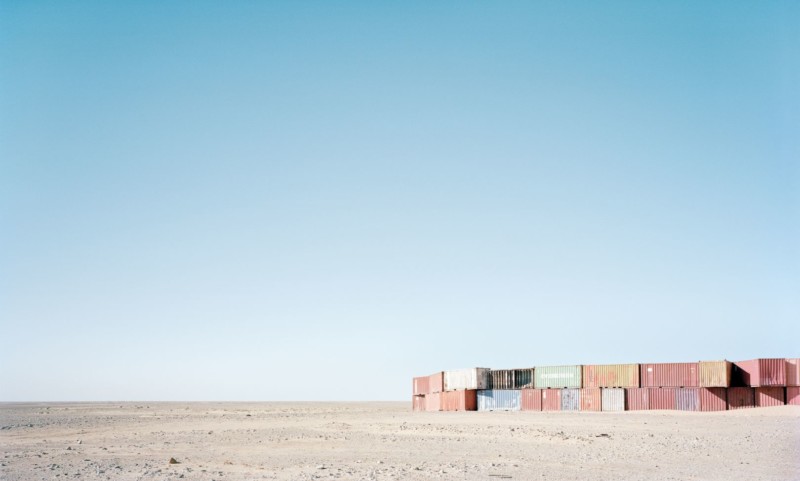
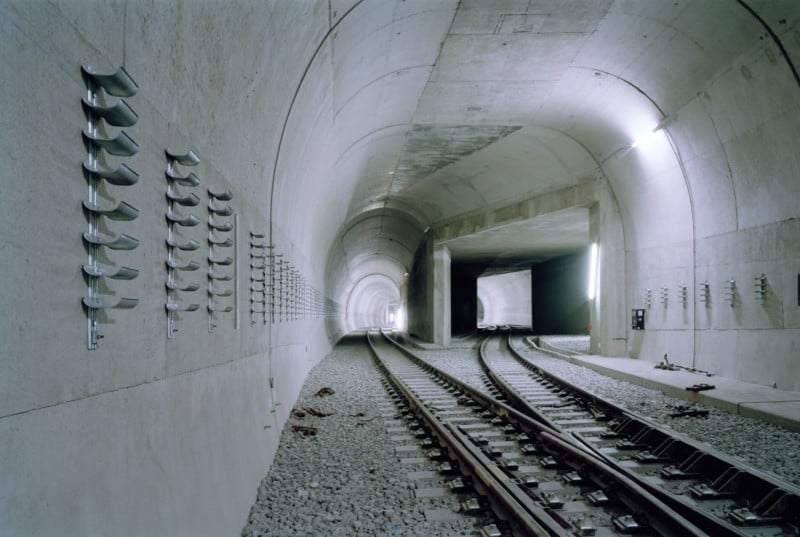
“Sailer’s photos are deserted, the buildings on them often seem like sculptures. Whether climate change, political conflicts, or an excessive need for security—Sailer’s pictures reveal the dynamics that lead to the existence of these places.”
The book is published by Kehrer Verlag for €29.90 ($29.22). There is also an accompanying exhibition at Kunst Haus Wien in Vienna, until February 19. More can be found on Sailer’s website.
Image credits: All photos by Gregor Sailer .